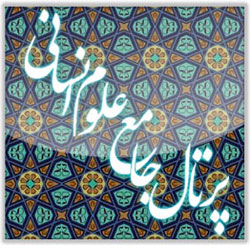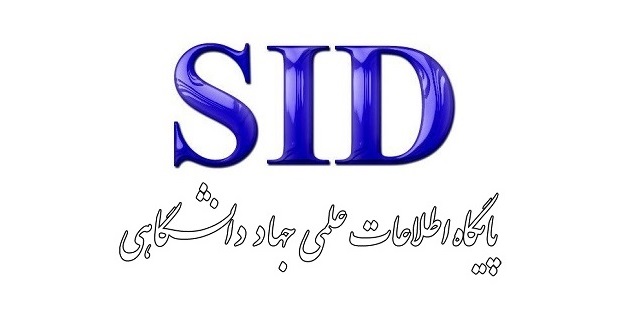Rereading the Role of Islamic Geometry in Contemporary Iranian Architecture
Keywords:
Islamic geometry, contemporary architecture, cultural identity, sustainable architecture, innovative designAbstract
Islamic geometry, as one of the most fundamental components in shaping the identity of Iranian-Islamic architecture, has long held a prominent place in the architectural history of this region. Complex geometric patterns have not only fulfilled aesthetic functions but also contributed to imbuing spaces with meaning, reflecting sacred concepts, and creating harmony between architectural structure and the Islamic worldview. This study, adopting a descriptive-analytical approach, investigates the role of geometry in contemporary Iranian architecture, aiming to clarify the relationship between the continuity of tradition and the necessity of innovation in modern design. The findings suggest that reinterpreting traditional geometric principles can lead to the creation of a new architectural language—one that, while benefiting from modern technologies, simultaneously safeguards cultural and historical roots. Case studies further indicate that Islamic geometry holds significant potential for integration with sustainable architecture approaches, renewable energy usage, and intelligent design. Therefore, it can be argued that rethinking the application of Islamic geometry not only contributes to the preservation of cultural identity but also addresses contemporary challenges such as identity crises, urban architectural uniformity, and the growing need for sustainable spaces.
Downloads
Published
Submitted
Revised
Accepted
Issue
Section
License

This work is licensed under a Creative Commons Attribution-NonCommercial 4.0 International License.









